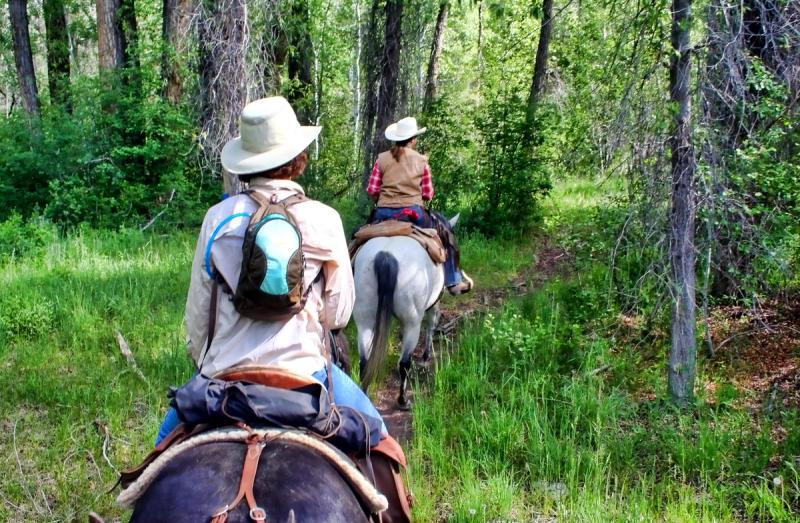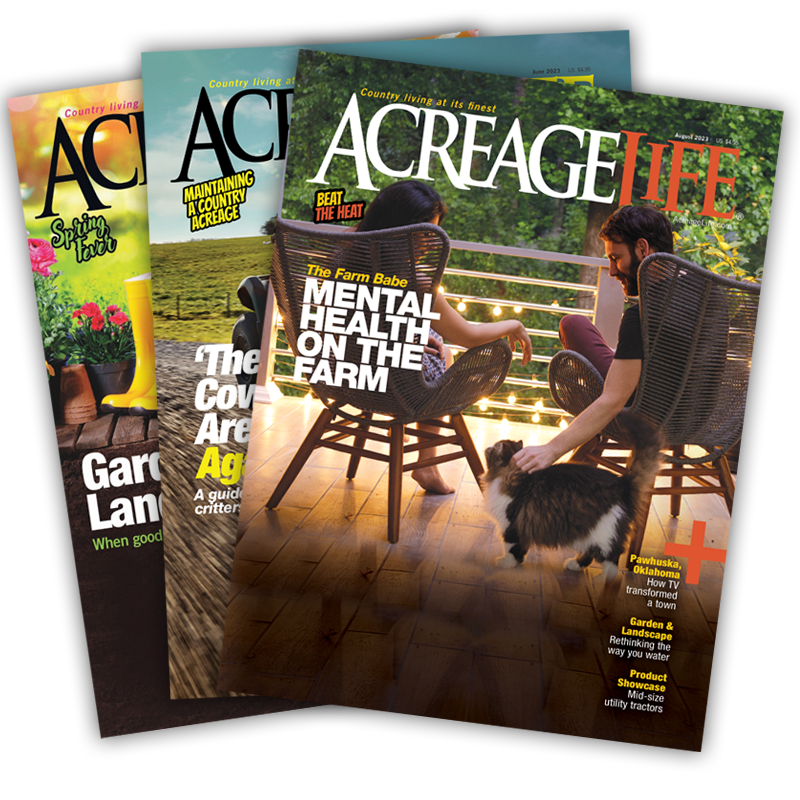Smart Packing for the Trail
Everything You Need to Pack for a Safe Comfortable and Scenic Ride


Trail riding is a relaxing, enjoyable way to spend time with your horse. It’s a chance to see some new sights and work on some horsemanship outside the confines of repetitive (though important) arena exercises.
But what should you bring with you on a trail ride? In addition to obvious basics like your helmet, boots and your horse’s tack, here’s a quick checklist of items you’ll want to be sure to have along with you.

What to Pack for a Safe and Enjoyable Ride
Cell phone
You take it everywhere else, so you’ll want to bring your cell phone along on the trail ride. In addition to the obvious safety advantages of communication, you can also enjoy photos of your ride later. Stay present and avoid distractions from your phone — you can text and scroll anytime. Instead, focus on the ride, your surroundings and the experience itself. Not only will you enjoy it more, but you’ll also stay safer. That said, don’t forget to snap a few photos along the way!
Bonus tip: Always keep your phone on you, not in your saddlebag. If you and your horse get separated, you’ll want your phone with you — not with your horse.
Satellite communicator
If you’re trail riding close to home or in a reasonably populated area, then your cell phone might keep a signal for the entire ride. But if you’re riding into deeper country or a sparsely populated region, it’s quite possible to find yourself with a weak signal — or no signal at all (this is especially common in mountainous regions).
In this case, it might be wise to carry an alternative communication device that relies on satellite rather than cell signals, so it works virtually anywhere outdoors. These can range from very simple devices that merely send an SOS in case of an emergency, to more complex versions that can send text or voice messages. These satellite messaging devices are incredibly useful and widely favored by campers, hunters and hikers — making them a great addition to your trail ride as well.
Map
If you’re riding on trails maintained by a local club or other organization, you should be able to obtain a paper map of the trail system. Even if you use your phone’s GPS (or a handheld GPS if there is no cell signal), a physical map of the area is always a smart thing to have on hand for safety’s sake. They weigh almost nothing, so there’s no reason not to carry one.
Hoof pick
Small pebbles or other debris can sometimes become wedged in the collateral grooves of your horse’s hooves (on either side of the hoof’s frog) during a trail ride. This is a case where simply having the right tool on hand can keep a minor issue from becoming a bigger one.
Pack a hoof pick in your saddle bag and you’ll always be able to fix this problem. You can also get a specialized horseman’s pocket knife where one blade is actually a hoof pick. This can be handy and is one less thing to carry.
First aid kits
You and your companions will probably go through many trail rides without ever needing to touch a first aid kit. But if you do need one, it’s vitally important to have along. Remember, not every rider needs to carry one; you can have just one person carry one kit for the group. It’s also smart to bring along an equine first aid kit for the horses.
Extra halter and lead rope
If you’re on an extended trail ride, it’s a good idea to bring a lightweight nylon halter and lead rope, in case you need to dismount for an extended period, or if you want to let your horse take a break while you hand graze him. It’s also beneficial if you need to tie your horse to the trailer back at the trailhead.
Flashlight
If you get delayed on the trail and darkness starts to set in, relying on your phone’s flashlight can drain its battery — potentially leaving you without a crucial lifeline. Instead, pack a compact, high-powered flashlight. Thanks to bright LED technology, even a small flashlight can provide ample illumination when you need it most.
Bug spray
If your ride takes place in woody, shaded areas in the spring or summer, you might want fly spray for your horse and bug spray for you. If you don’t want to carry a bottle of fly spray for your horse on the ride, you can apply it before you leave. In the fall or winter, bugs are much less of a concern.
Snacks and water
Bringing food and water depends on the length of your ride. For short trips, snacks may not be necessary, but longer rides can be tiring, leaving you thirsty or hungry. Pack a few bottles of water in your saddlebag to stay hydrated. Your horse will need water on extended rides as well, so research ahead to find safe water sources along the trail. A collapsible bucket is a lightweight, convenient option for watering your horse. Additionally, consider keeping hay and water in your trailer for your horse to refuel before and after the ride.
Sunscreen
There’s nothing worse than getting sunburned during your ride. Sunscreen is lightweight and easily fits into your bag, offering simple protection from harmful rays.
By taking the time to prepare before your ride, you’ll have everything you need to truly enjoy the trail.
Tags:Horse Sense

Acreage Life is part of the Catalyst Communications Network publication family.














